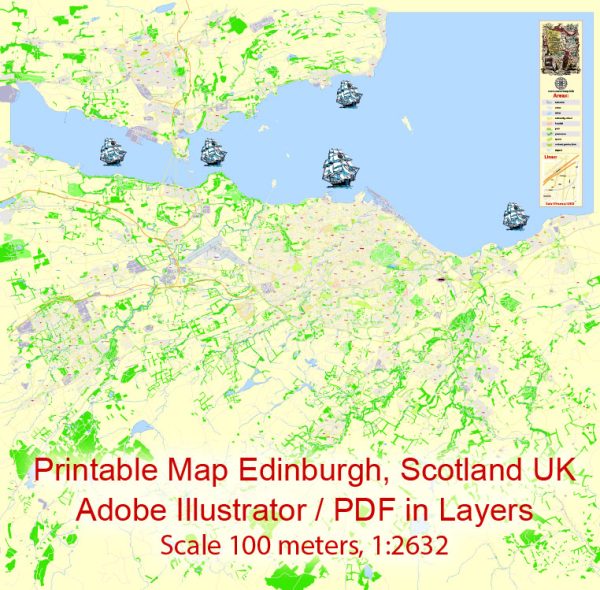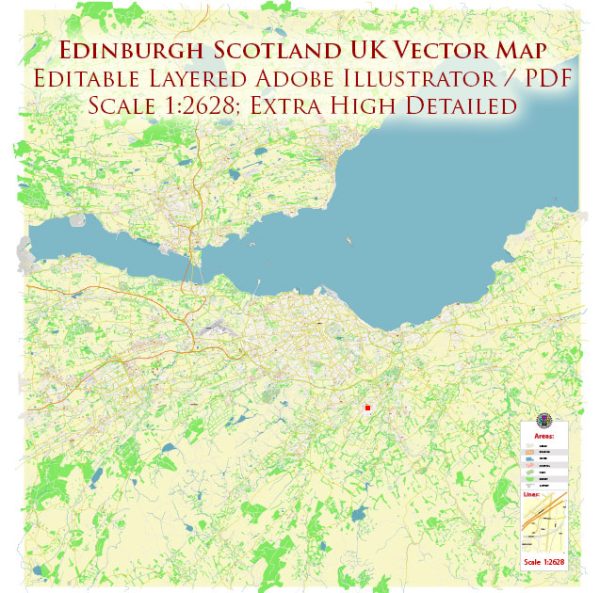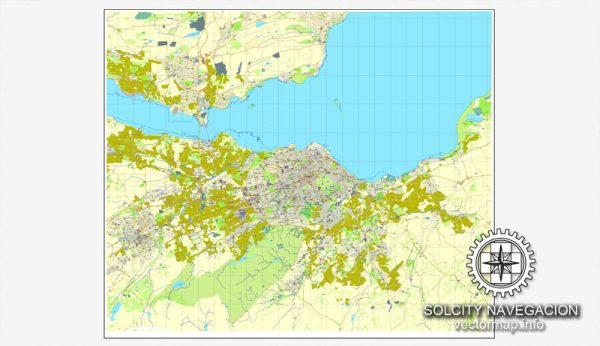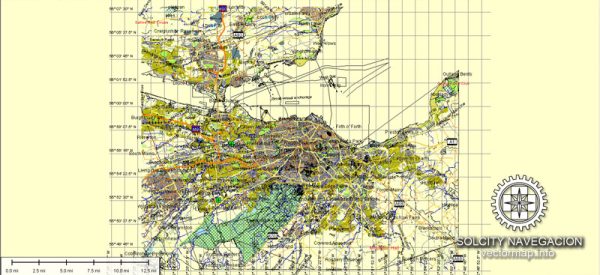Edinburgh, the capital city of Scotland in the United Kingdom, is known for its rich architectural heritage and stunning urban landscape. The city’s architecture is a testament to its history, with a diverse mix of styles and periods that reflect its evolving character over the centuries. Here’s a brief description of some of the prominent architectural features and styles you can find in Edinburgh:
- Medieval and Gothic Architecture: The historic heart of Edinburgh, the Royal Mile, is lined with medieval and Gothic buildings. Edinburgh Castle, perched atop Castle Rock, is a striking example of medieval architecture. St. Giles’ Cathedral, with its intricate spires and stained glass windows, is another iconic Gothic structure in the city.
- Georgian Architecture: The 18th century saw a significant transformation of the city’s architecture. The New Town, designed by James Craig, is a prime example of Georgian architecture, characterized by elegant townhouses, neoclassical facades, and wide streets. The uniformity and symmetry of these buildings give a sense of order and sophistication to the city.
- Victorian and Neoclassical Buildings: The 19th century brought a blend of Victorian and neoclassical architectural styles to Edinburgh. Many public buildings and institutions, such as the Royal Scottish Academy, the National Museum of Scotland, and the Scott Monument, showcase ornate stone facades, columns, and sculptures.
- Art Nouveau: The Art Nouveau movement made its mark in Edinburgh as well, with buildings like the former Scottish Temperance League headquarters and several residential properties displaying its characteristic curvilinear designs and decorative elements.
- Modern and Contemporary Architecture: In contrast to the historical architecture, Edinburgh also has a growing collection of modern and contemporary structures. The Scottish Parliament Building, designed by Enric Miralles, is a striking example of contemporary architecture. Dynamic and unique in design, it stands out in juxtaposition to the traditional surroundings.
- Tenements and Flats: Throughout the city, you’ll find tenement buildings and flats, which are characteristic of urban housing in Edinburgh. These buildings often feature distinctive stone facades and are a common sight in residential areas.
- Castle Rock: Edinburgh’s dramatic natural setting is equally captivating. The rugged cliffs of Castle Rock, upon which Edinburgh Castle is situated, provide a dramatic backdrop to the city’s skyline.
- Bridges: Edinburgh is known for its impressive bridges, such as the Forth Bridge, Forth Road Bridge, and Queensferry Crossing, which are engineering marvels and significant landmarks in their own right.
Overall, Edinburgh’s architecture reflects its rich history, from its medieval origins to its growth and expansion in the Georgian and Victorian eras, and its more recent embrace of modern design. The combination of these styles and the city’s stunning natural setting make Edinburgh a unique and visually captivating place to explore.





 Author: Kirill Shrayber, Ph.D.
Author: Kirill Shrayber, Ph.D.